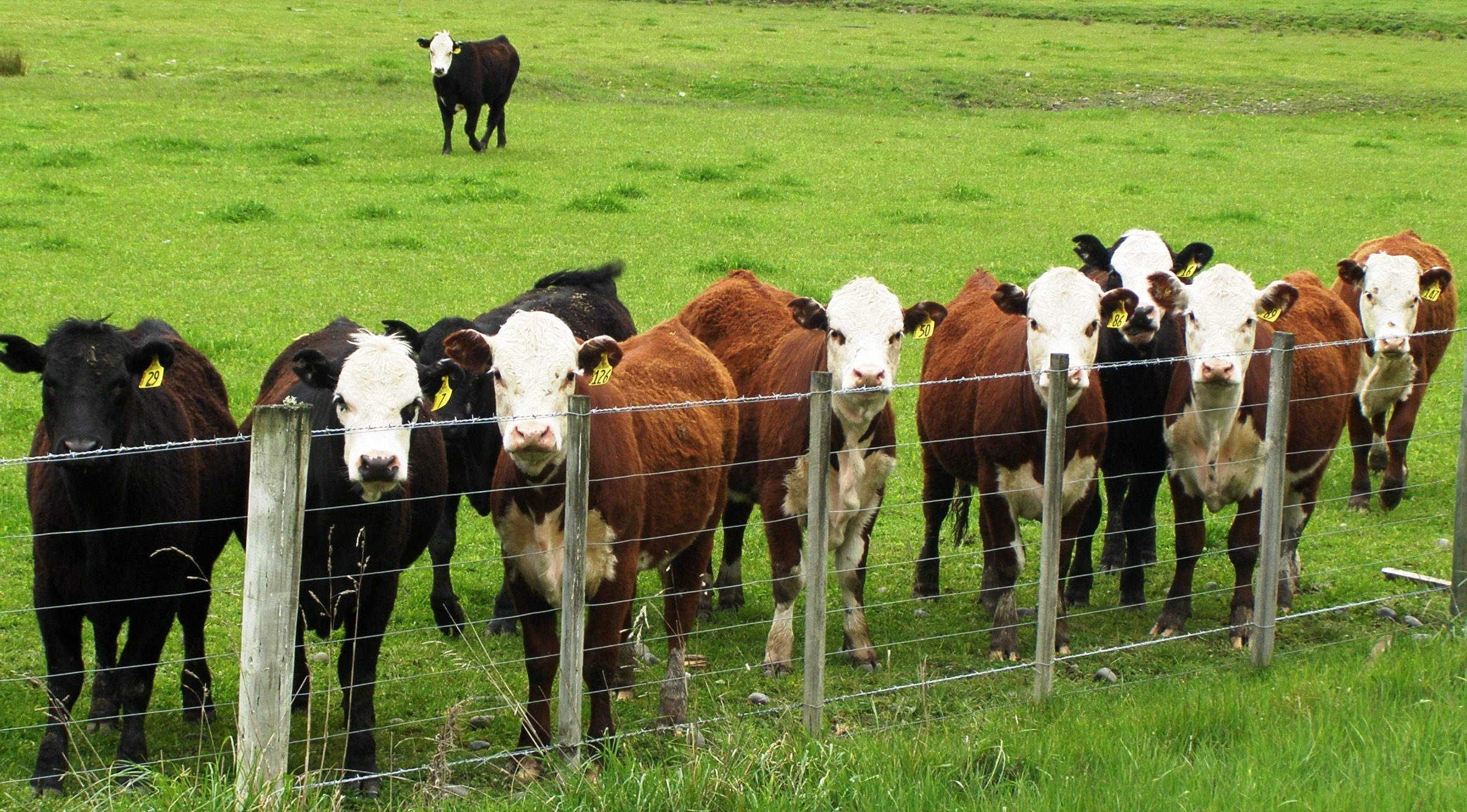Mad cow disease comes in two forms, typical and atypical. The typical version is the communicable disease that results from improper animal husbandry and feed issues. The communicable type leads to Creutzfeldt-Jakob disease in humans. The human cases here in the U.S. were sourced to the consumption of British and Saudi Arabian products in 2003. The ’03 outbreak also marked the start of declining herd sizes as well as country of origin labeling.
Atypical bovine spongiform encephalopathy is a random genetic mutation that does not spread from cow to cow. This is the type that was discovered at a transfer station in Hanford, California this week and provided the catalyst for this week’s buying opportunity in live cattle futures. Its detection was due to the increased controls, labeling and testing methods put into place after the 2003 Canadian scare.
The definition of atypical by the Department of Agriculture suggests that this is a random mutation that occurred genetically. The key here is the reaction to the news. Based on our history, the images we’ve seen on TV and the Oprah Winfrey special in 1996 the knee jerk reaction has been to stop beef imports, quarantine the population it came from and eat more chicken. The 2003 episode, which saw one reported case of Creutzfeldt-Jakob’s disease, brought the Canadian beef market to its knees. Canadian cattle prices fell by more than 85% and led to the mass liquidation of approximately 20% of their animals to reduce the herd size and prevent further damage to the industry.
However, the response to the headline news is not always indicative of the true story. Atypical forms of this disease confine the issue to the individual animal. Therefore, neither the herd’s nor the public’s health is actually affected. In fact, cases of mad cow have declined from over 37,000 in 1992 to less than 30 in 2011. The controls and husbandry practices have dramatically improved in a business that is dominated by…..India!
Yes, India has the largest cattle herd in the world. India has nearly twice the cattle we have here in the U.S. It’s funny what happens when you search for global cattle herds rather than global cattle slaughter. I assume Indian cattle live longer. Mad cow is passed to people through the consumption of infected meat. Therefore, Brazil leads the pack at 10.7 million head processed and the U.S. comes in third at 5.7 million.
There have been eight reported outbreaks or cases of mad cow since the information age took hold. The last typical outbreak in the U.S. occurred in 2006 and sent prices plunging by 11%. The average decline for an outbreak of the typical variety is 6.4%. The last observation was atypical and presented itself last March. The story unfolded with a knee jerk sell off followed by a rally, as the truth became known. The net market movement for the event was a rally of nearly 4%.
The current scenario is playing out in the same fashion. The day the news was reported, the market closed limit down. The following morning’s headlines included a ban on U.S. beef by South Korea, our 4th largest importer. This also comes at a time when we are actively trying to negotiate with Japan to lift their import restrictions on U.S. beef. Japan was our number one importer prior to the 2003 mad cow episode. Headlines being what they are, we’ll watch the market for signs of a turnaround and look to buy live cattle on this news induced sell off.
This blog is published by Andy Waldock. Andy Waldock is a trader, analyst, broker and asset manager. Therefore, Andy Waldock may have positions for himself, his family, or, his clients in any market discussed. The blog is meant for educational purposes and to develop a dialogue among those with an interest in the commodity markets. The commodity markets employ a high degree of leverage and may not be suitable for all investors. There is substantial risk of loss in investing in futures.






Mr. Waldock
Very well written article this week in the Sandusky Register. As a microbiology student, I am so glad that someone other than scientists understand the differences & impacts on typical/atypical diseases.
Good job!